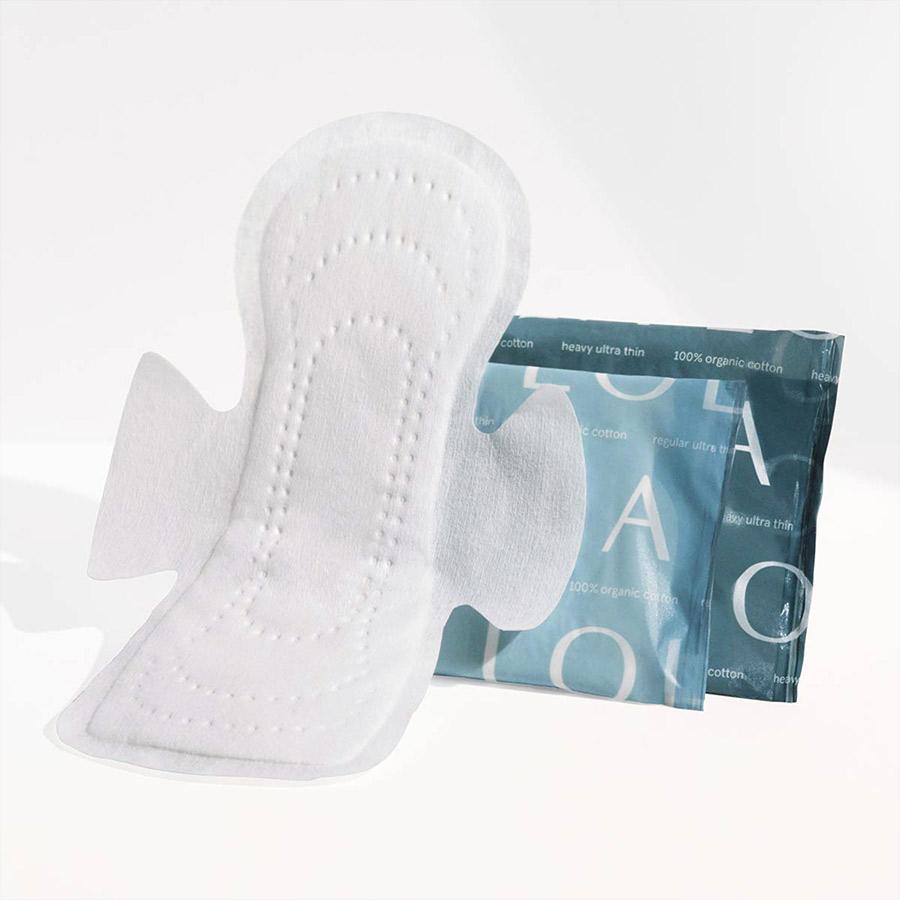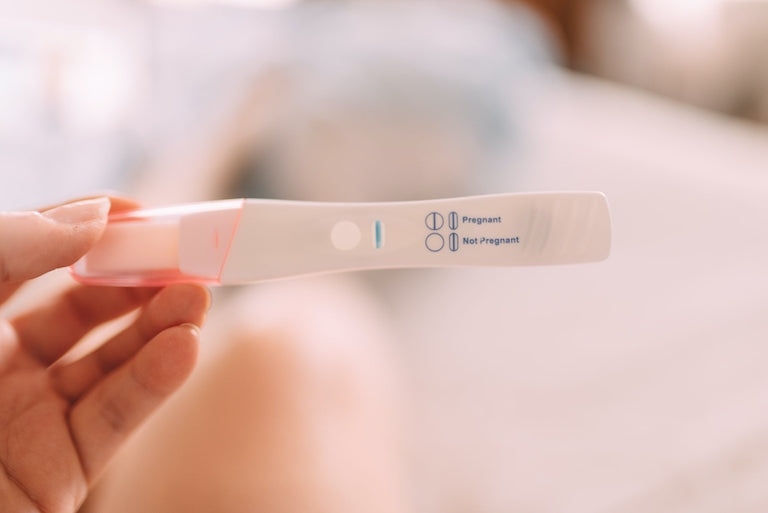Most people know that you can tell if you're pregnant by taking a simple urine test at home. But what they might not know is what that cute pink or blue pregnancy test is actually measuring " hCG levels " and what different levels of it can mean for your pregnancy.
Human chorionic gonadotropin, or hCG, is the hormone that turns a pregnancy test positive. It's produced by the cells formed by the placenta after the embryo attaches to the uterine wall. To learn more about hCG levels, we talked to Dr. Sophie Peterson, an OBGYN at Presbyterian Hospital in Albuquerque, New Mexico. Here's what you need to know about this hormone and what it may indicate during the first trimester.
What are hCG levels?
Basically, the amount of hCG in your blood or urine indicates whether or not you're pregnant. According to Dr. Peterson, you need a level of at least 25 to turn a home pregnancy test positive. You may have a lower level of hCG in your blood (meaning you are pregnant already), but it generally won't turn a test positive until it reaches 25. A pregnancy test will not read positive until an embryo actually implants into the uterine wall " so that means no hCG is being produced until then, either " even if the egg is already fertilized.
Dr. Peterson says that most home pregnancy tests won't turn positive until around the time of a missed period, give or take a few days. For people who aren't tracking their periods or whose cycles are irregular, a missed period is usually about 12 to 14 days after ovulation. You may find, though, that if you take tests over the course of a few days, the "positive" line gets darker " this is because the level of hCG in the urine gets higher as early pregnancy progresses.
And if you do get a positive pregnancy test, you don't have to be scared of a false positive. "A positive is a positive is a positive," says Dr. Peterson, while "a negative could still be positive, because the hCG could be there, but is not high enough to detect yet."
What do hCG levels indicate about your pregnancy?
A blood test can read hCG levels a few days earlier than a urine test can, which is why women who have undergone in vitro fertilization or other fertility treatments have their blood drawn to check hCG levels instead of taking a home pregnancy test. Dr. Peterson explains that a blood test gives an exact amount of hCG in the body, while a urine test simply shows the presence of it.
The levels of hCG in the blood will typically double every 48 to 72 hours after fertilization. If your doctor orders a blood test, you'll most likely have to go to the lab multiple times over the course of a few days to make sure your hCG levels are rising appropriately. "Usually by the time we're tracking hCG levels, you're looking at numbers that are in the hundreds to thousands," says Dr. Peterson. She adds that "a very wide range is normal in early pregnancy." If your levels don't rise over a few days, it could indicate that you're having an early miscarriage or another issue.
Most pregnant people don't get their hCG levels checked, unless they're at risk for a complication or have unusual symptoms. But sometimes, when particular symptoms are present, doctors will recommend testing the levels of hCG in your body. According to Dr. Peterson, those symptoms may include heavy bleeding, unusual pain, or a past ectopic pregnancy or miscarriage. They may also recommend a blood test if an early ultrasound doesn't show anything in the uterus; in that case, a doctor may suspect an ectopic pregnancy. Often with ectopic pregnancies, the hCG levels are lower than they are in uterine pregnancies, or do not rise appropriately.
If you're pregnant with more than one child, your hCG count could very well be extremely high, as higher levels can be associated with twins and other multiples. Dr. Peterson explains that a woman's hCG level is usually around 100,000 for a 10-week pregnancy, and says, "When I have someone in my office who is at 200,000 or 300,000 at 10 weeks, I start thinking there might be twins." Still, levels that are in the hundreds or thousands in the first few weeks don't necessarily mean you've got more than one bun in the oven. If you suspect you are carrying multiples, you can ask for an ultrasound.
Measuring hCG levels can also be used to track a miscarriage. When a woman miscarries early in her pregnancy, there's usually bleeding and cramping. A blood test can make sure your hCG levels are going down adequately, ensuring that your miscarriage has effectively cleared out all pregnancy tissue in the uterus. In that situation, Dr. Peterson says she usually follows her patients' hCG down to a complete zero. If the levels don't go down, additional intervention (like a surgical dilation and curettage) may be needed.
When hCG levels rise to around 2,000, a gestational sac (a small sphere that holds the embryo before it develops into a fetus) is large enough to be seen on an ultrasound. While you most likely won't see a fetus or hear a heartbeat yet " especially if you're still at an early gestation period, like four or five weeks " you should be able to see a gestational sac, says Dr. Peterson.
hCG levels usually reach their peak at around 10 weeks, which is also the time when nausea reaches its peak too " yuck. After 10 weeks, the levels of hCG in your blood and urine will start to go down, which is normal; in fact, many gynecologists don't even order hCG tests after 10 weeks of pregnancy.











